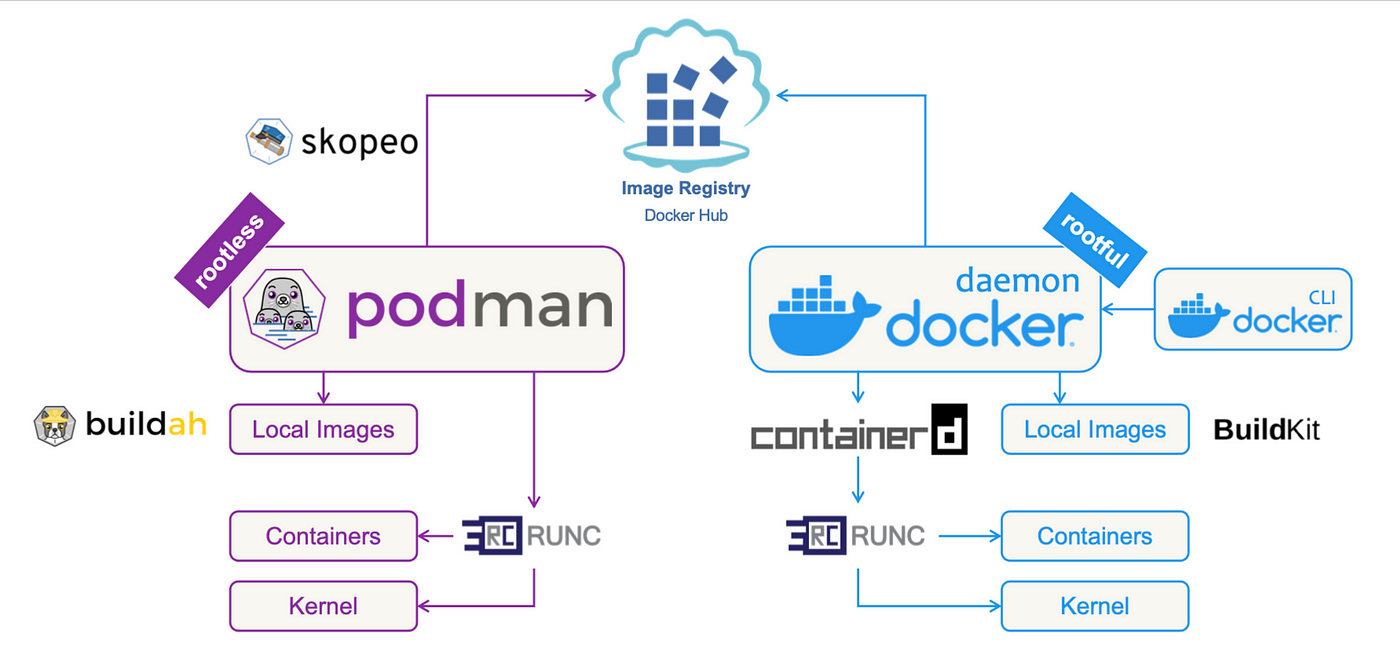To implement ECIES Like (Elliptic Curve Integrated Encryption Scheme) using the Web Crypto API, we can follow a structured approach that involves generating key pairs, deriving a shared secret, and then using that secret for symmetric encryption. Below is a complete example that demonstrates how to do this in JavaScript.
Steps:
- Key Generation: generateKeyPair() function generates elliptic curve key pairs using the “ECDH” algorithm.
- Key Derivation: deriveKey() function derives a shared secret using ECDH and then imports it as an AES key for encryption.
- Symmetric Encryption: encryptData() encrypts the data using AES-GCM.
- Decryption: decryptData() decrypts the data using the same AES-GCM key.
Step 1: Create Elliptic Curve Key Pairs
First, we generate an elliptic curve key pair using the generateKey method.
async function generateKeyPair() {
const keyPair = await crypto.subtle.generateKey(
{
name: "ECDH",
namedCurve: "P-256", // You can also use "P-384" or "P-521"
},
true,
["deriveKey", "deriveBits"],
);
return keyPair;
}Step 2: Compute Shared Secret and Derive Symmetric Key
Next, we need to derive a symmetric key from the private key and the public key of the recipient.
async function deriveKey(privateKey, publicKey) {
const sharedSecret = await crypto.subtle.deriveBits(
{
name: "ECDH",
public: publicKey,
},
privateKey,
256, // Length of the derived key in bits
);
const aesKey = await crypto.subtle.importKey(
"raw",
sharedSecret,
{ name: "AES-GCM" },
false,
["encrypt", "decrypt"],
);
return aesKey;
}Step 3: Encrypt Data with AES-GCM
Now, we can encrypt data using the derived symmetric key.
async function encryptData(aesKey, data) {
const iv = crypto.getRandomValues(new Uint8Array(12)); // Initialization vector
const encryptedData = await crypto.subtle.encrypt(
{
name: "AES-GCM",
iv: iv,
},
aesKey,
new TextEncoder().encode(data), // Convert string to Uint8Array
);
return { iv, encryptedData };
}Step 4: Decrypt Data with AES-GCM
To decrypt the data, we can use the same symmetric key and the initialization vector.
async function decryptData(aesKey, iv, encryptedData) {
const decryptedData = await crypto.subtle.decrypt(
{
name: "AES-GCM",
iv: iv,
},
aesKey,
encryptedData,
);
return new TextDecoder().decode(decryptedData); // Convert Uint8Array back to string
}Step 5: Putting It All Together
Here’s how we can use the above functions to encrypt and decrypt a message:
(async () => {
const aliceKeyPair = await generateKeyPair();
const bobKeyPair = await generateKeyPair();
// Alice derives a symmetric key using her private key and Bob's public key
const aliceSharedKey = await deriveKey(aliceKeyPair.privateKey, bobKeyPair.publicKey);
// Bob derives a symmetric key using his private key and Alice's public key
const bobSharedKey = await deriveKey(bobKeyPair.privateKey, aliceKeyPair.publicKey);
// Encrypt data using Alice's derived key
const { iv, encryptedData } = await encryptData(aliceSharedKey, "Hello, ECIES!");
console.log(encryptedData) // Output: ArrayBuffer
console.log(String.fromCharCode(...new Uint8Array(encryptedData))) // convert Uint8Array to String
// Decrypt data using Bob's derived key
const decryptedMessage = await decryptData(bobSharedKey, iv, encryptedData);
console.log(decryptedMessage); // Output: Hello, ECIES!
})();Additional Notes
However, the code lacks a few key components that are part of a complete ECIES standard implementation:
-
Key Derivation Function (KDF): In ECIES, after deriving the shared secret, a KDF is usually applied to generate keys for encryption and MAC separately. Your code directly uses the derived bits as an AES key without further processing through a KDF.
-
Message Authentication Code (MAC): ECIES typically includes a MAC to ensure the integrity of the ciphertext and any associated data. Your code doesn’t generate or verify a MAC.
-
Ephemeral Key Usage: In ECIES, the sender usually generates an ephemeral key pair for each encryption operation. The sender’s ephemeral public key is then sent along with the ciphertext. Your code does not generate or use an ephemeral key pair.
Our code demonstrates the key exchange and encryption/decryption parts of ECIES but doesn’t fully implement the ECIES standard.
Conclusion
This example demonstrates how to use the Web Crypto API to implement ECIES-like functionality by generating elliptic curve key pairs, deriving symmetric keys using ECDH, and encrypting/decrypting data using AES-GCM. While the Web Crypto API does not provide a direct ECIES implementation, this approach effectively combines asymmetric and symmetric encryption techniques to achieve secure data transmission.




